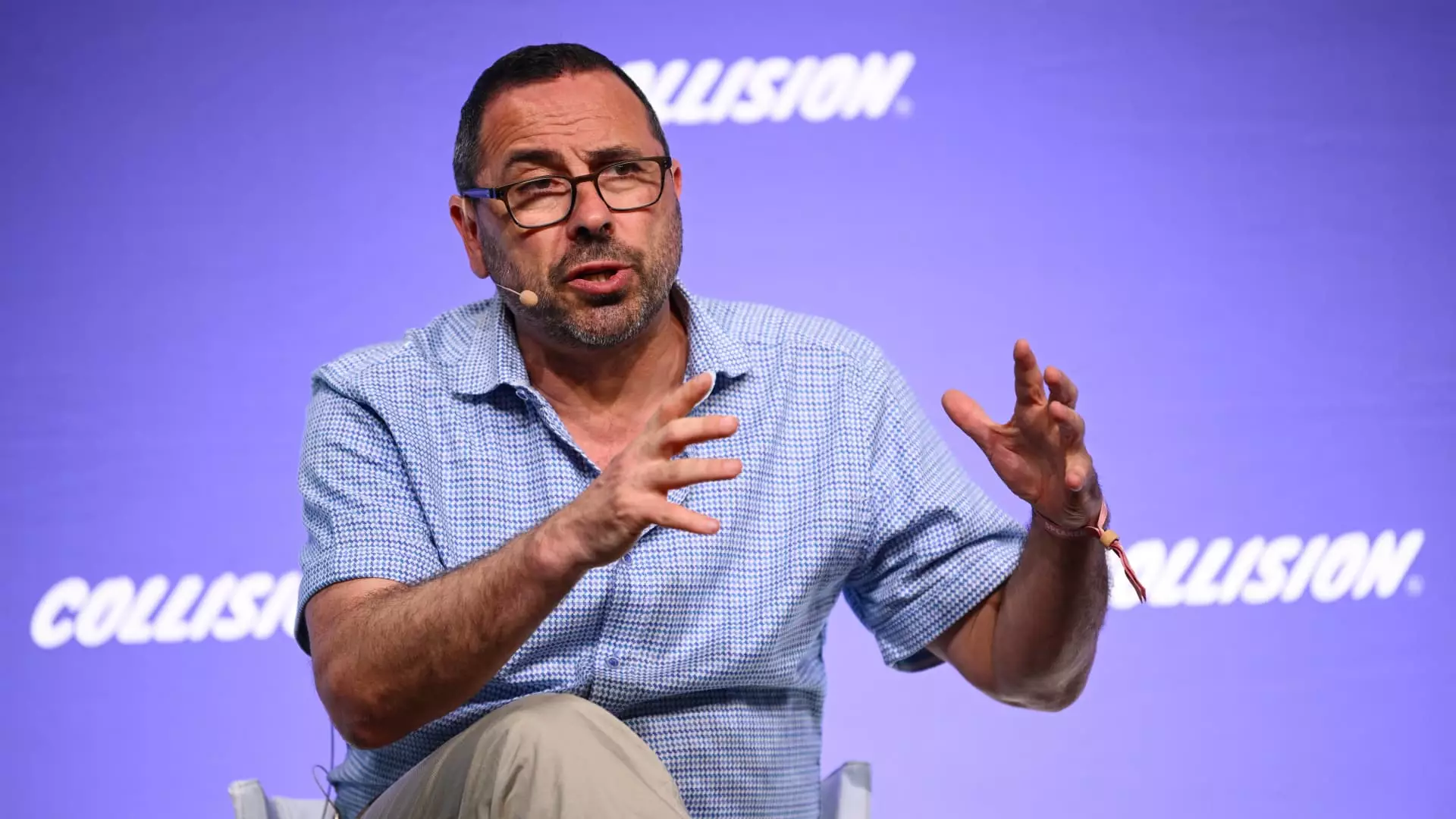In an era dominated by the rapid evolution of artificial intelligence (AI) technologies, Cerebras Systems, an ambitious AI chip startup, has made a significant move by filing its prospectus for an initial public offering (IPO) on the Nasdaq under the ticker symbol “CBRS”. The startup seeks to carve out its niche in a highly competitive market, taking on industry giants such as Nvidia, AMD, and Google. This article delves into Cerebras’ business model, financial performance, and the evolving dynamics of the AI chip industry.
At the heart of Cerebras Systems’ competitive edge is its flagship WSE-3 chip. According to the company, this chip boasts more cores and memory than Nvidia’s widely used H100, all while being physically larger in size, suggesting potential for superior processing capabilities. Cerebras’ strategy does not just focus on hardware; they have also ventured into the cloud by offering services that harness the power of their proprietary computing clusters. This dual approach of selling hardware and providing cloud solutions positions the company to attract a diverse clientele ranging from startups to established enterprises.
However, while the technological features of the WSE-3 chip are impressive, Cerebras faces the uphill challenge of establishing itself as a credible alternative to Nvidia’s graphics processing units (GPUs), which have become the benchmark in AI model training and deployment. Nvidia’s established relationships and comprehensive ecosystem could pose significant barriers to entry for Cerebras, despite their innovative technology.
Examining Cerebras’ financial health reveals a story of ambition tempered by reality. The filing indicates that the company recorded a net loss of $66.6 million during the first half of 2024, despite generating $136.4 million in sales. Comparatively, the preceding year showed losses of $77.8 million against revenues of just $8.7 million, illustrating a sharp increase in revenue yet a persistent struggle with profitability.
In fact, the company reported a staggering cumulative net loss of $127.2 million on revenues of $78.7 million in 2023. The second quarter of 2024 alone brought a net loss of $50.9 million, up from a loss of $26.2 million in the same quarter the previous year. The escalating operating expenses have been attributed to rising personnel costs, indicating that Cerebras is investing heavily in its workforce in hopes of supporting future growth. This financial picture could deter potential investors, as the trend of rising losses — albeit alongside increasing sales — raises questions about the sustainability of their business model.
The AI chip sector is not only lucrative but also increasingly congested, with major players such as Amazon, Google, and Microsoft developing their proprietary chips. The financial filing revealed that Group 42, a UAE-based AI firm with Microsoft backing, accounted for a staggering 83% of Cerebras’s revenue last year, underscoring how reliant the company is on a single partner. This dependency, combined with declarations of heightened competition from various industry stalwarts, suggests that Cerebras must aggressively diversify its customer relationships to mitigate risks.
Furthermore, Cerebras has been candid about the potential impact of supply chain disruptions, particularly from its manufacturing partner, Taiwan Semiconductor Manufacturing Company (TSMC). Given the current global supply chain challenges, this warning emphasizes an inherent risk that could hinder the company’s operational capabilities and financial performance.
Investment in Cerebras is significant, led by notable venture firms such as Foundation Capital and backed by prominent figures in the tech industry, including OpenAI CEO Sam Altman. However, the IPO landscape has been subdued in 2024, primarily driven by rising interest rates that have prompted investors to seek more stable returns. Although the Federal Reserve’s decision to implement a rate cut may stabilize the tech-heavy Nasdaq, the absence of firms like Morgan Stanley and Goldman Sachs from Cerebras’ deal speaks volumes about the cautious investor sentiment in this sector.
As Cerebras pushes forward with its IPO, the onlooking investment community will be especially interested in how the company navigates its operational challenges, continues to innovate, and seeks to establish a foothold in this competitive landscape. While Cerebras has made significant strides since its founding in 2016, the journey ahead is fraught with challenges that will test its resilience and adaptability in an ever-evolving industry.

